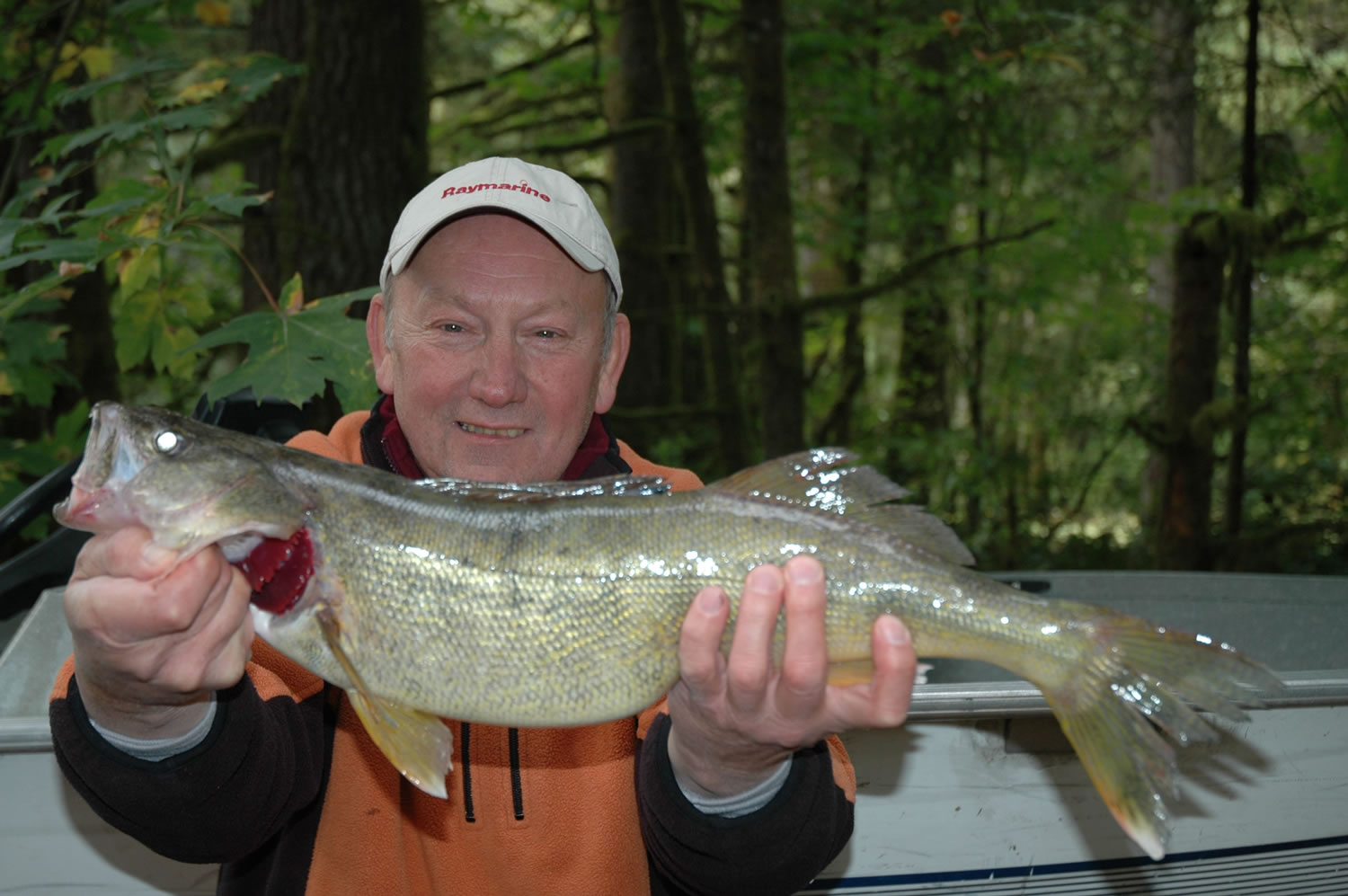For more information on life in Clark County, visit www.columbian.com/portrait.
Some truths are timeless. It was Izaak Walton who noted: “Angling may be said to be so like the mathematics that it can never be fully learnt.’’
That’s particularly the case in Southwest Washington, where fishermen have their choice between three races of chinook salmon, two types of steelhead, five species of trout, largemouth and smallmouth bass, a plethora of panfish species plus sturgeon.
In a county like Clark, bordered on three sides by water, fishing is a big deal.
There are more than 300,000 angler trips annually in the Columbia River between Bonneville Dam and the ocean for salmon and steelhead.
That’s only the beginning. There are thousands and thousands of more trips on waters such as Merwin, Yale and Swift reservoirs; Lacamas, Battle Ground, Horseshoe and Horsethief lakes, and the Grays, Elochoman, Cowlitz, Kalama, Lewis, Washougal, Wind, White Salmon and Klickitat rivers that are not tallied.
Someone is trolling on Merwin Reservoir for kokanee every day between mid-March and mid-September. Some days, the boat ramp at Speelyai Bay is full by 8 a.m.
Trout fishing locally is mostly a spring event. Most lakes and reservoirs are stocked with trout and provide a fair chance at a five-fish limit in April, May and early June. As the water temperatures warm with summer, fishing success tapers.
Several waters in the area — including Klineline Pond at Salmon Creek Park north of Vancouver — get intermittent plants of fish in the fall and winter to extend fishing opportunities.
Salmon fishing ramps up in March, with the arrival of spring chinook salmon, the premier species in the Columbia River. Most of those spring chinook are headed for upstream of Bonneville Dam or Oregon’s Willamette River, but the Cowlitz, Kalama and Lewis rivers have runs, too.
Spring chinook fishing traditionally peaks in early April. Sport catch quotas often are full and the fishery closed by mid-April in the Columbia. The tributaries remain open, normally.
In early May, spring chinook fishing can be good at the mouth of Wind River or at Drano Lake, a large backwater of the Columbia at the mouth of the Little White Salmon River in Skamania County.
Summer steelhead provide action starting in late May in the lower Columbia. By early July, the Washington shoreline downstream of Cathlamet can be quite good for steelhead. By mid- to late July, that good bite reaches the mouth of the Cowlitz River at Longview.
An increasingly popular summer chinook fishery starts in mid-June.
Fall chinook and coho fishing in the lower Columbia begins Aug. 1 and extends into early November. Catches often are very good at what’s called “Buoy 10,’’ the lower 16 miles of the Columbia from Buoy No. 10 at the river mouth to a line between Tongue Point in Oregon and Rocky Point in Washington.
The Buoy 10 fishery ramps up in mid-August and normally closes about Labor Day. It’s short, but sweet.
Angling in the Cathlamet, Longview, Kalama, Woodland, Caterpillar Island, Government Island and Camas-Washougal areas for fall chinook is huge from late August to mid-September.
Coho provide a dab of action in late September and early October at the mouth of the Cowlitz and in the Lady Island area at Camas.
Ocean salmon seasons begin in late June or early July and continue deep into September.
One final note of caution: Washington’s fishing seasons are terribly complicated. A newcomer truly needs to study the state fishing pamphlet, available at sporting goods stores or the Department of Fish and Wildlife office, 2108 Grand Blvd.
It is also good to check the agency’s website at http://wdfw.wa.gov regularly in-season for emergency rule changes.




